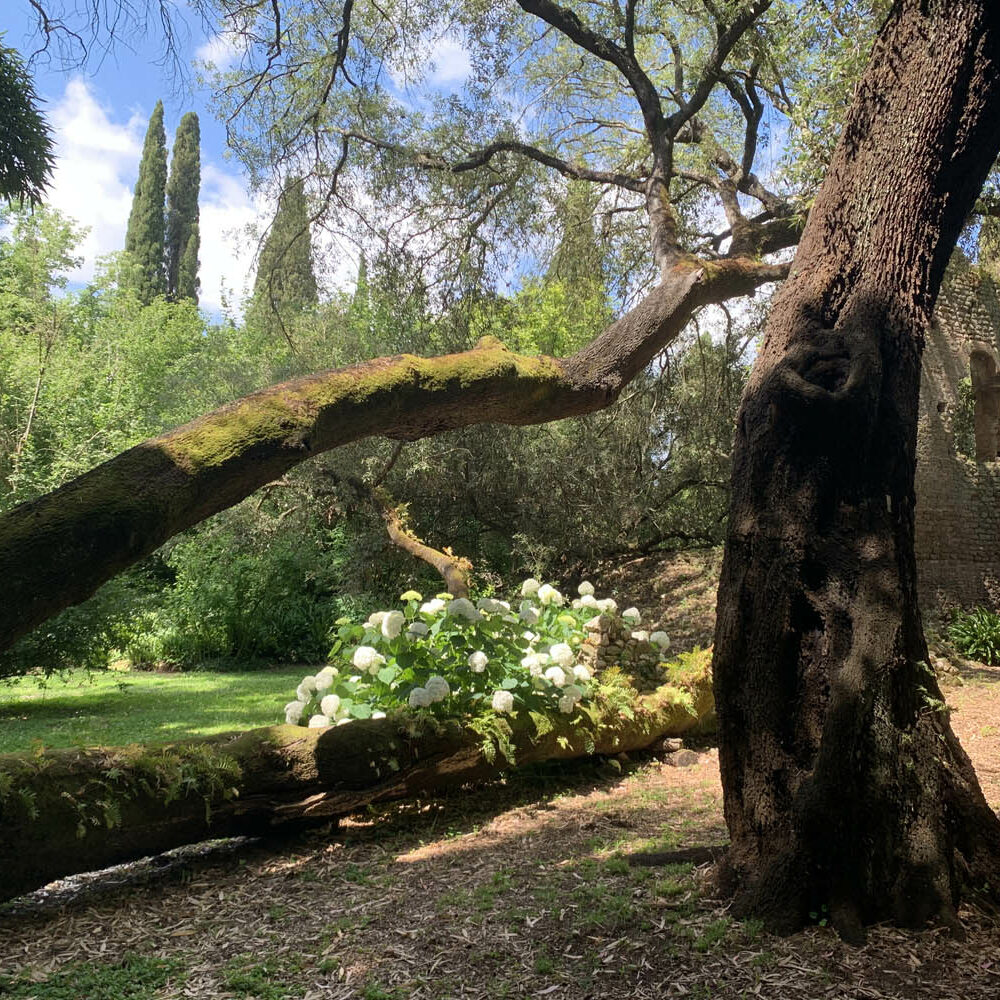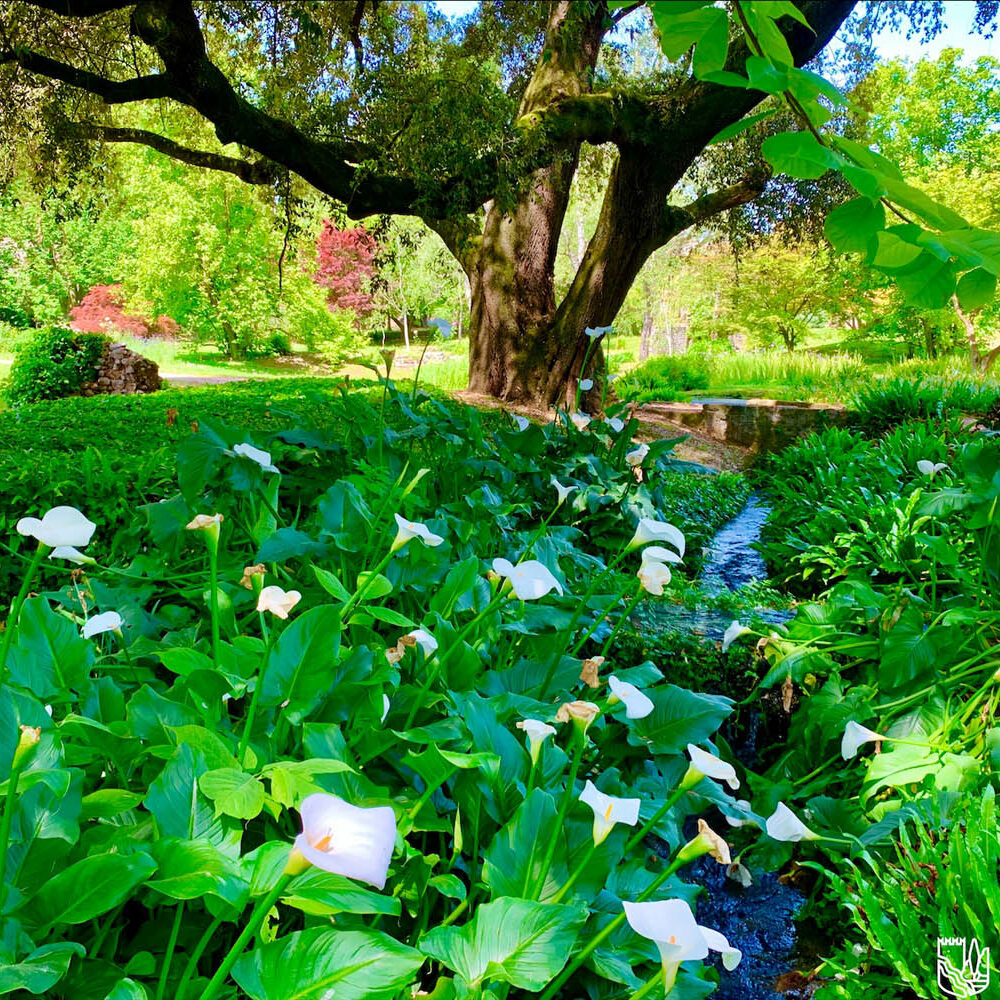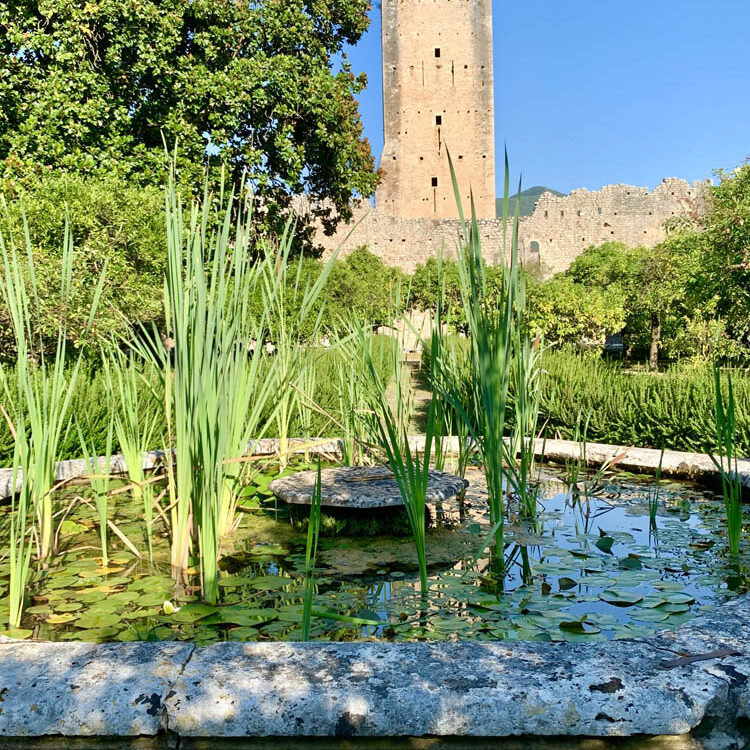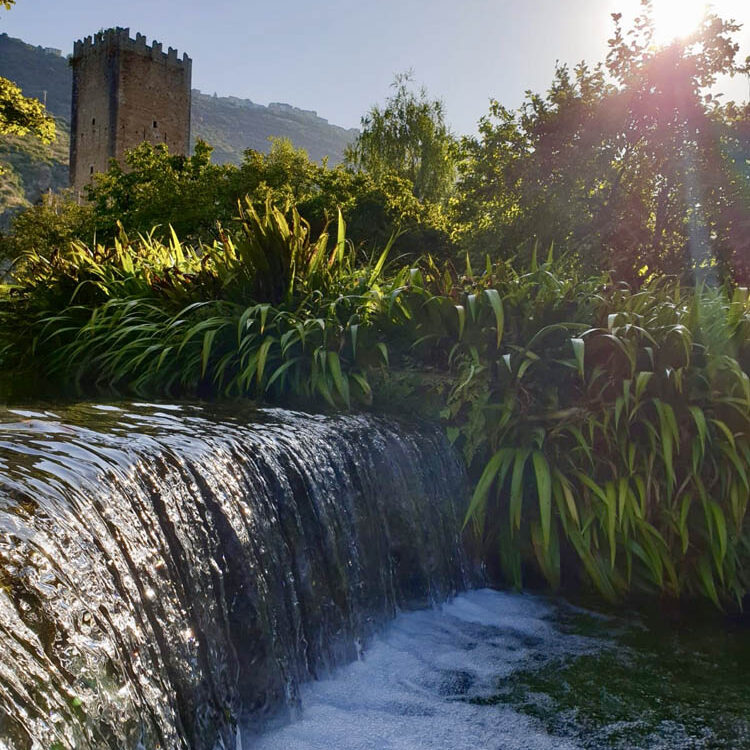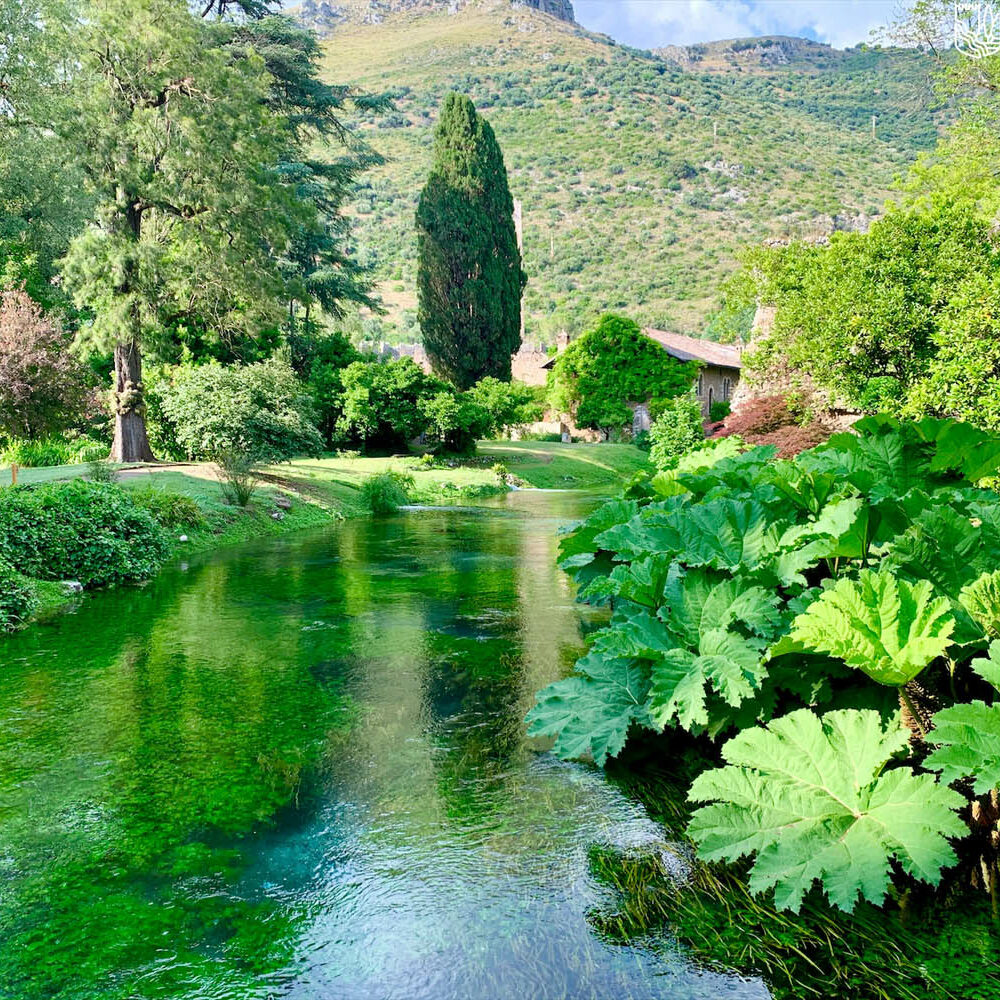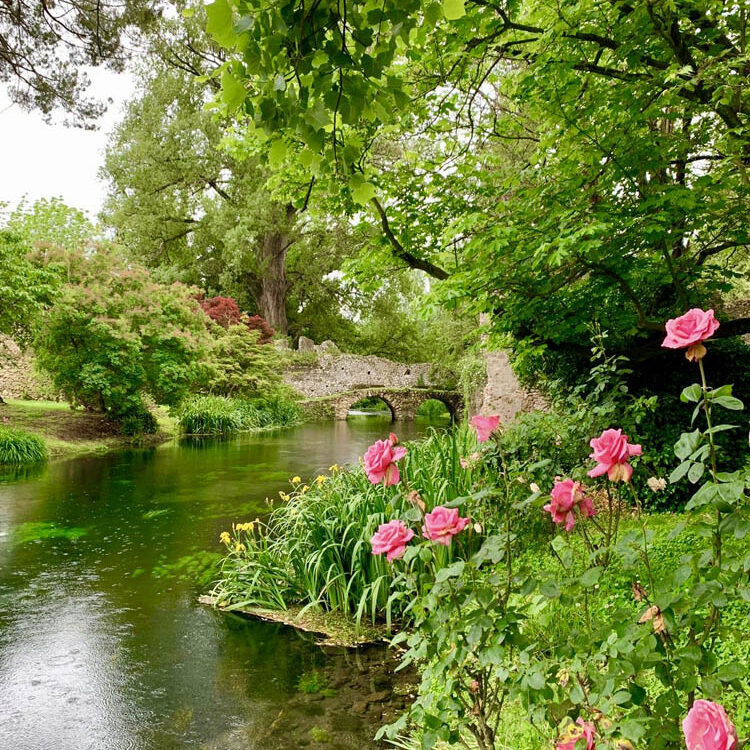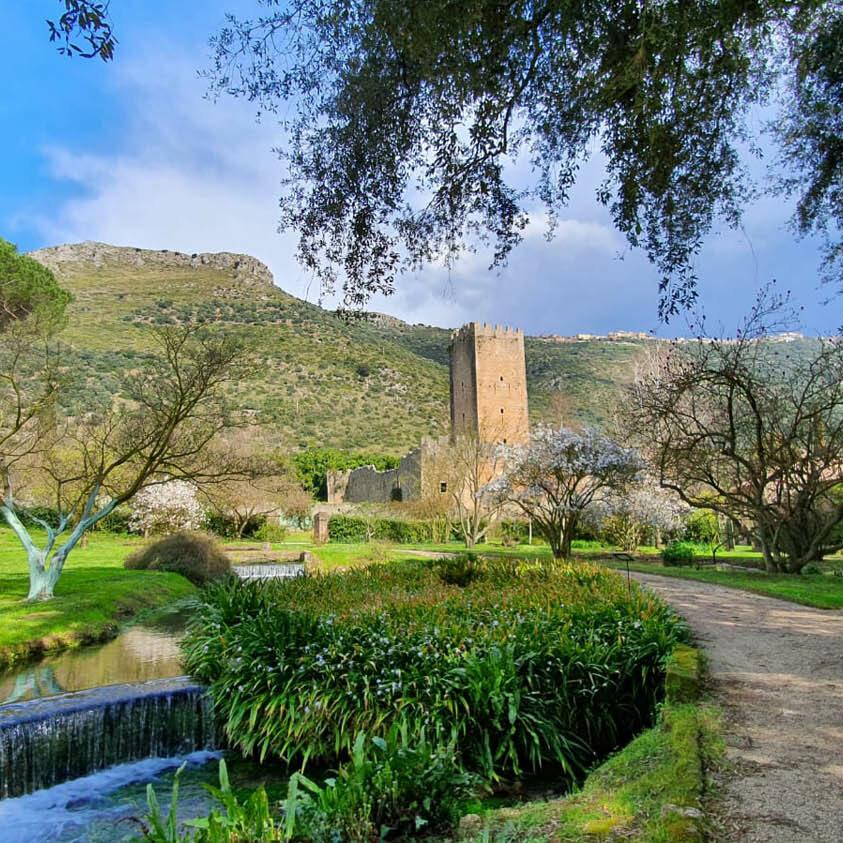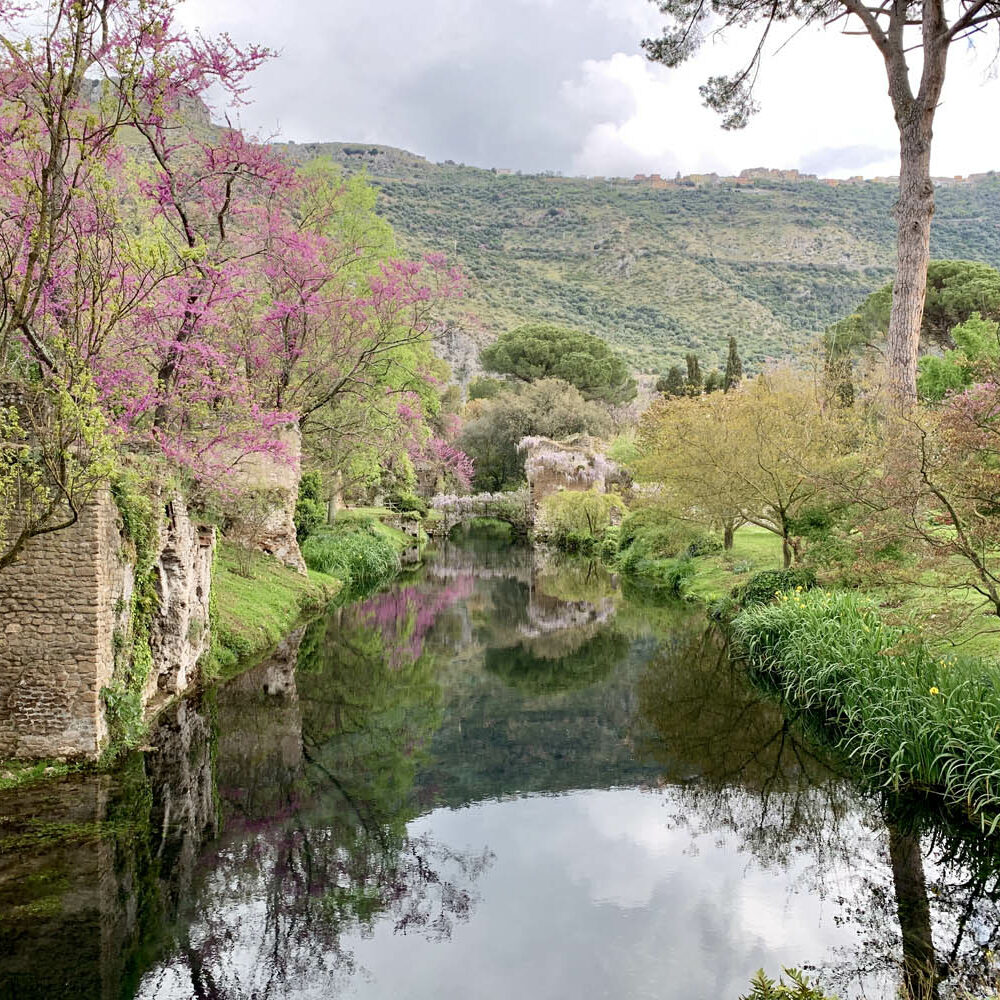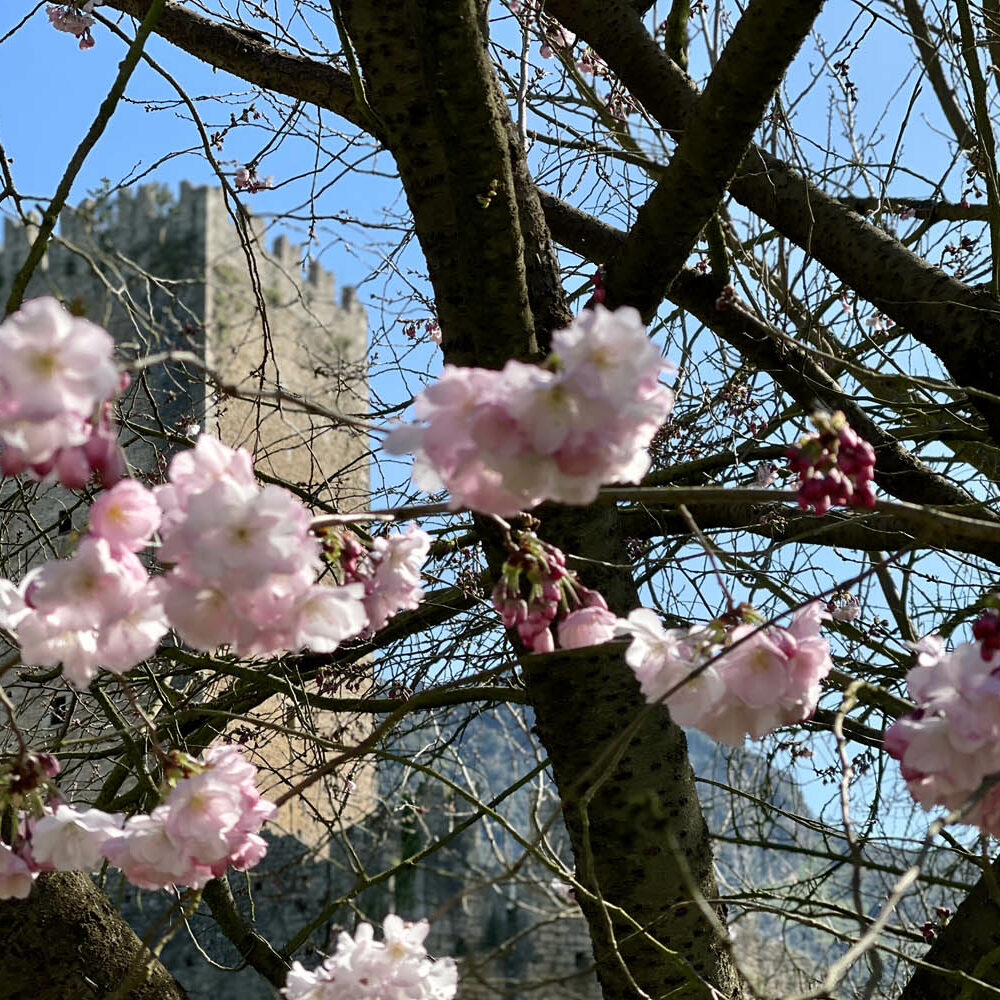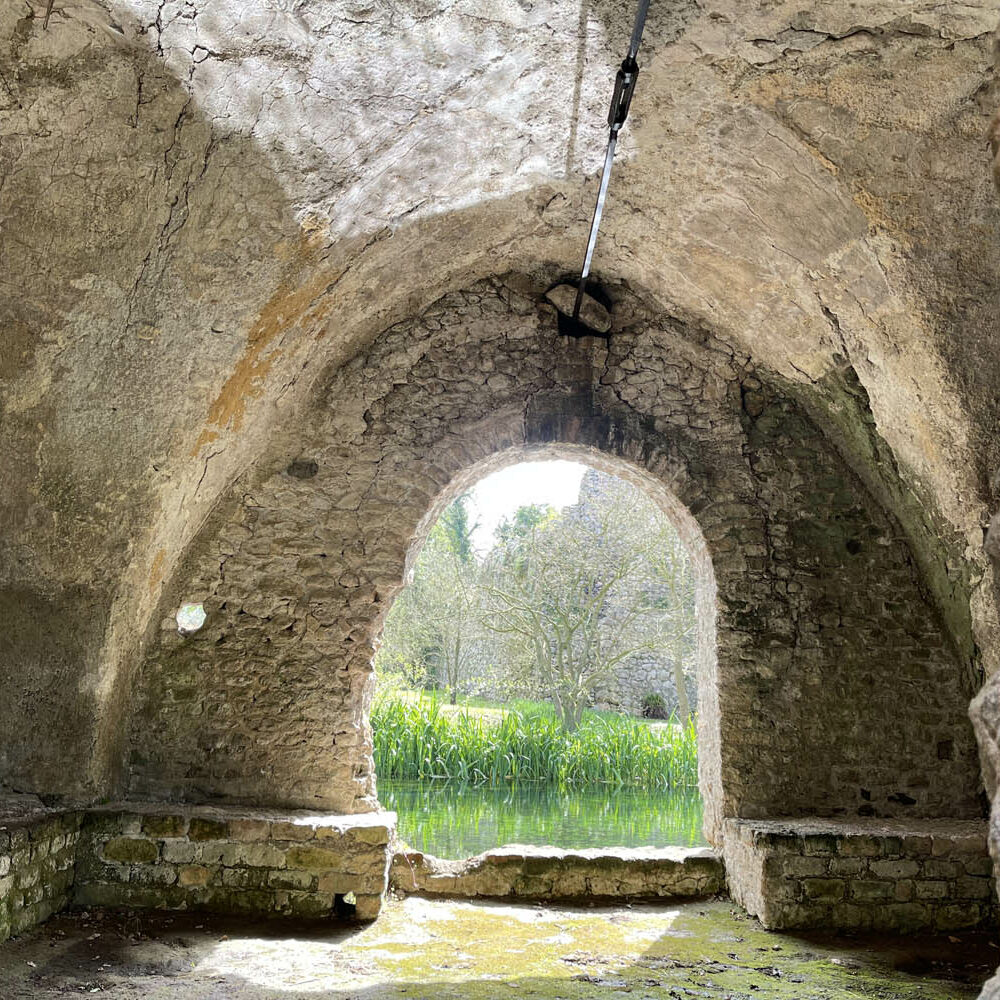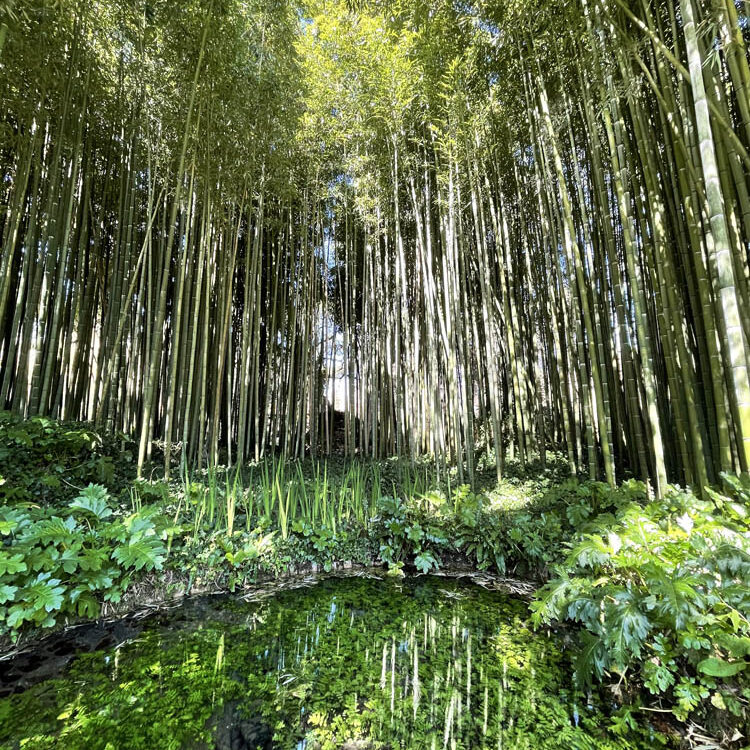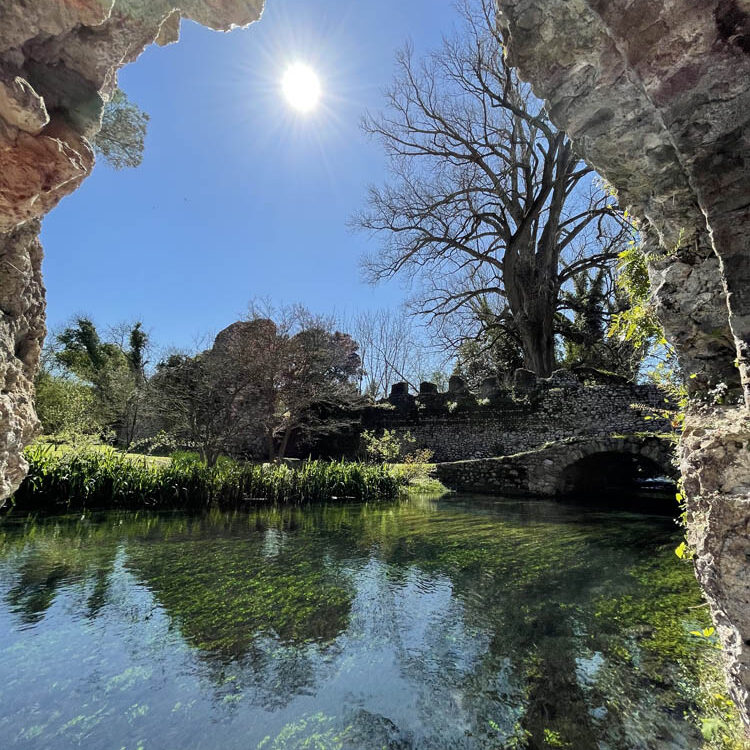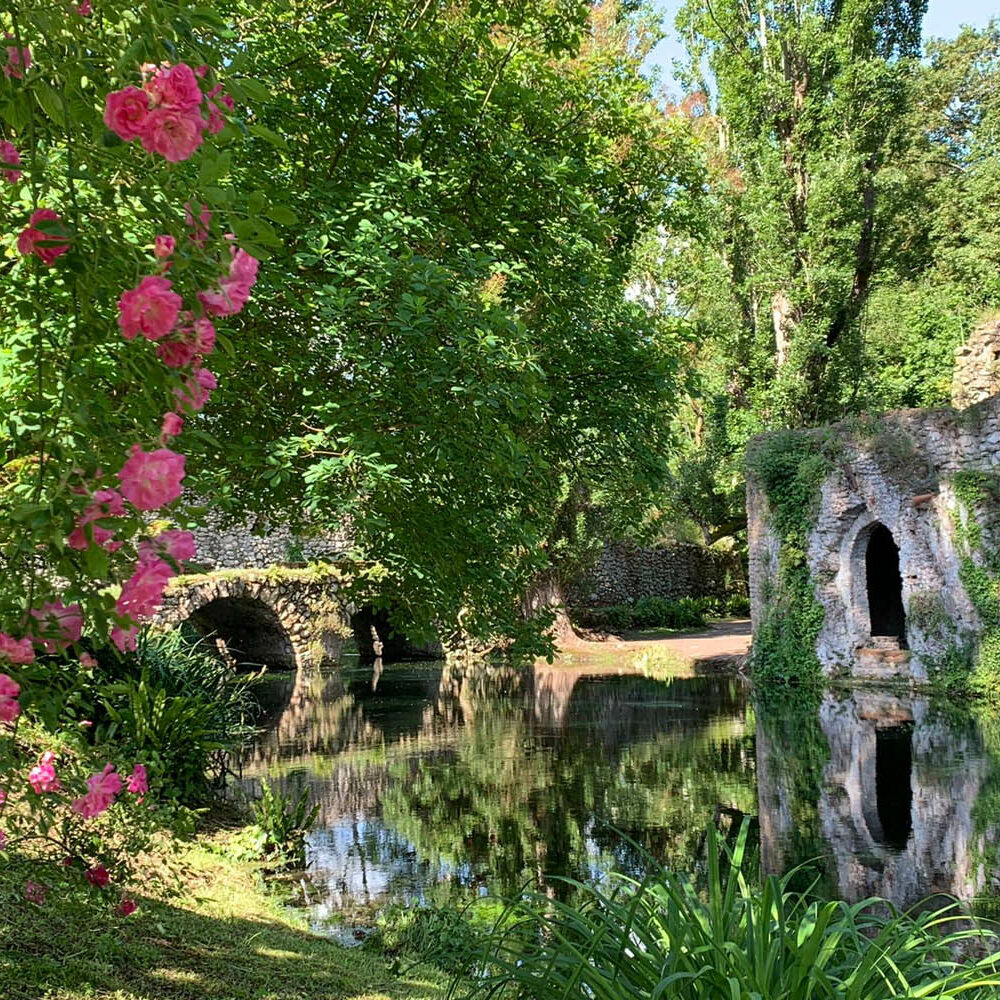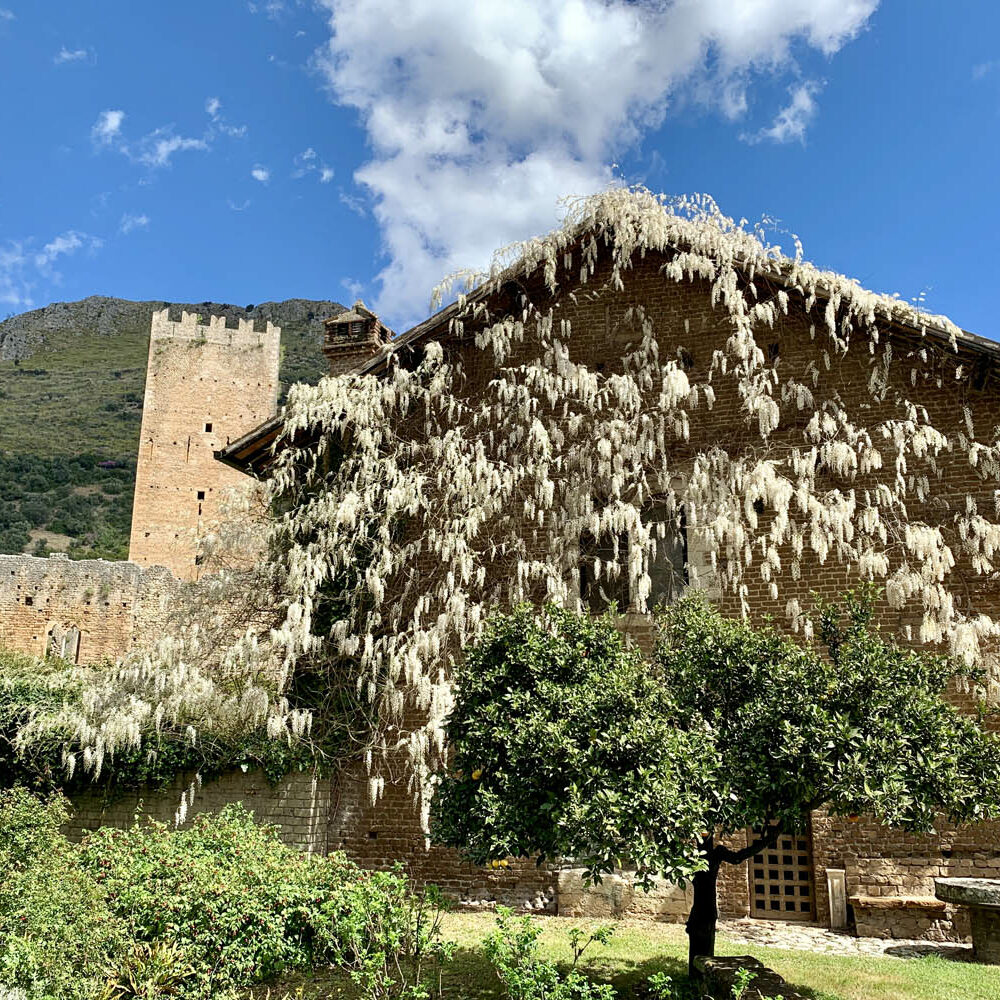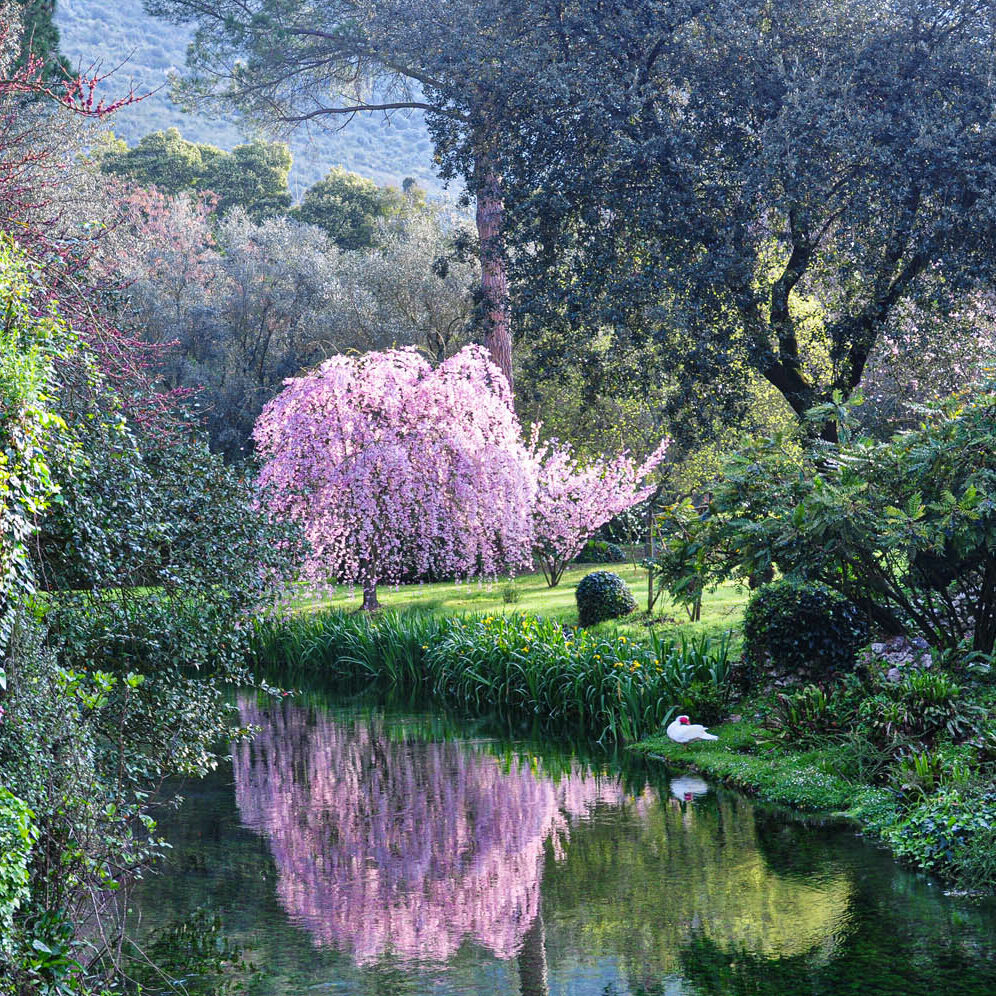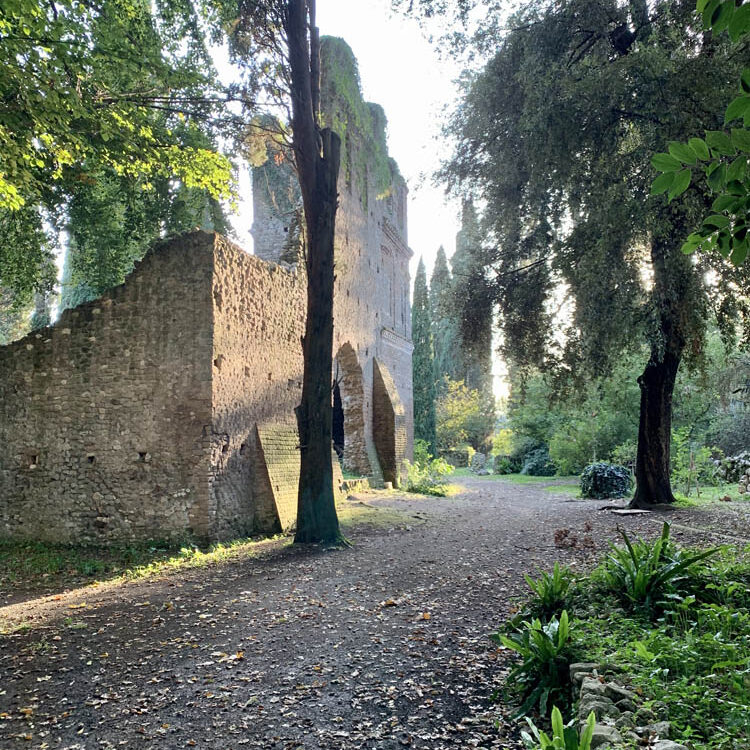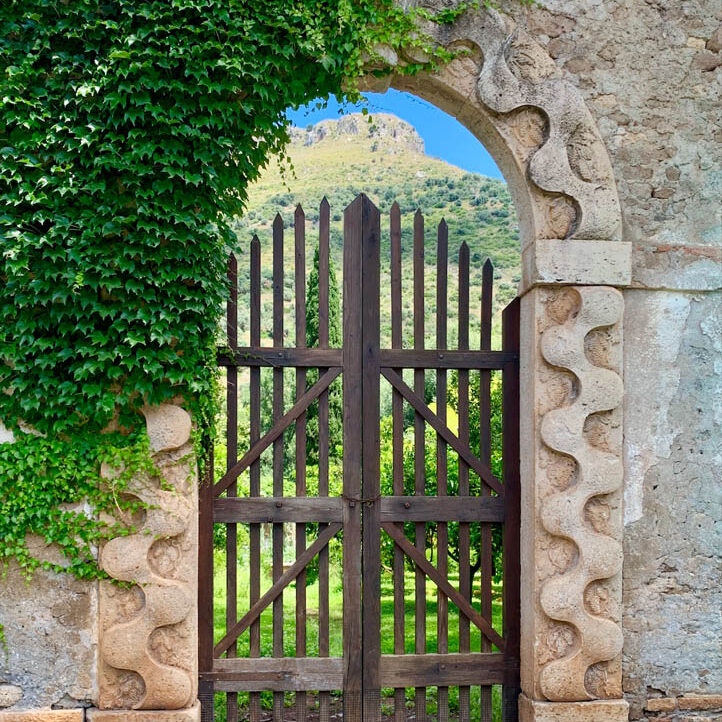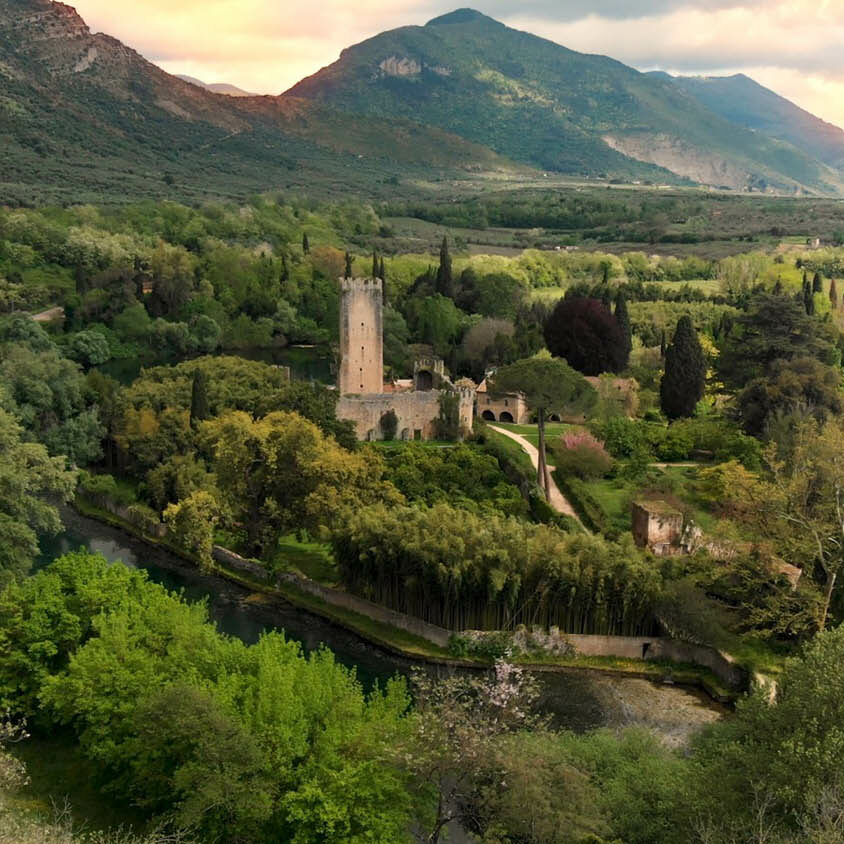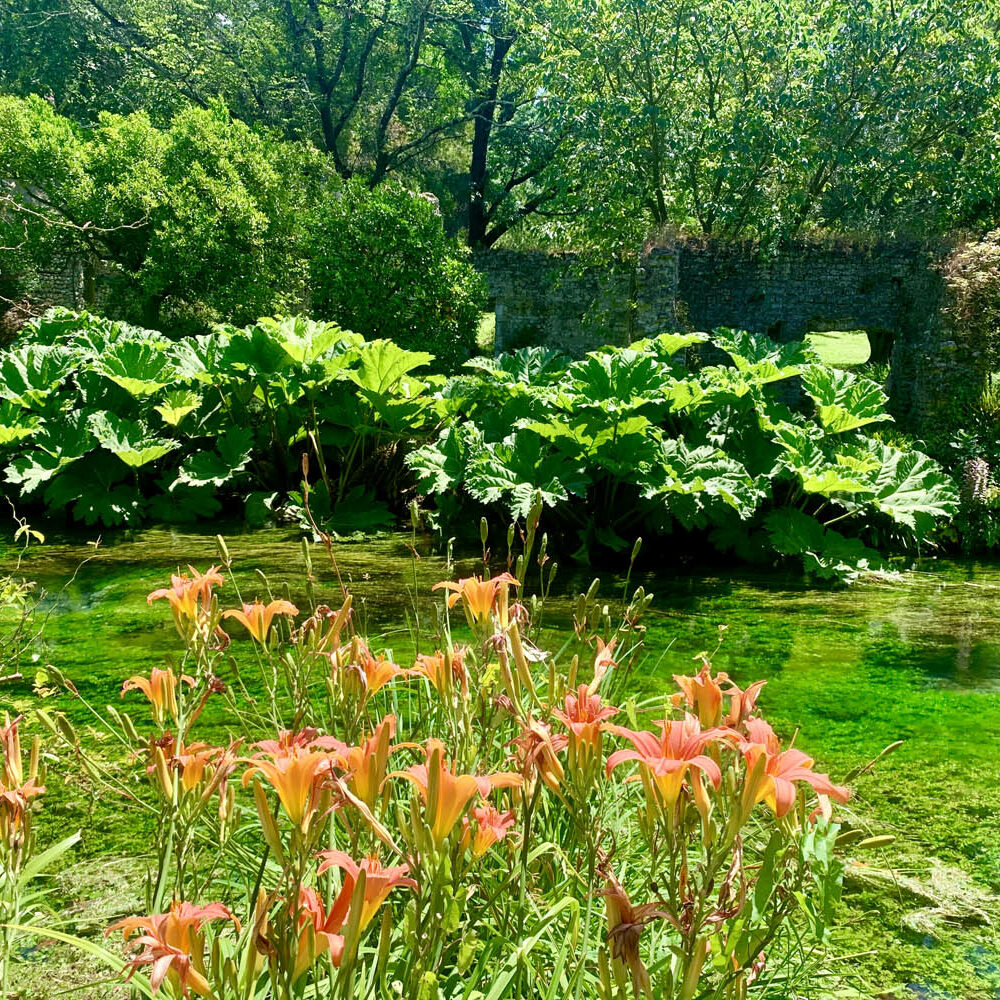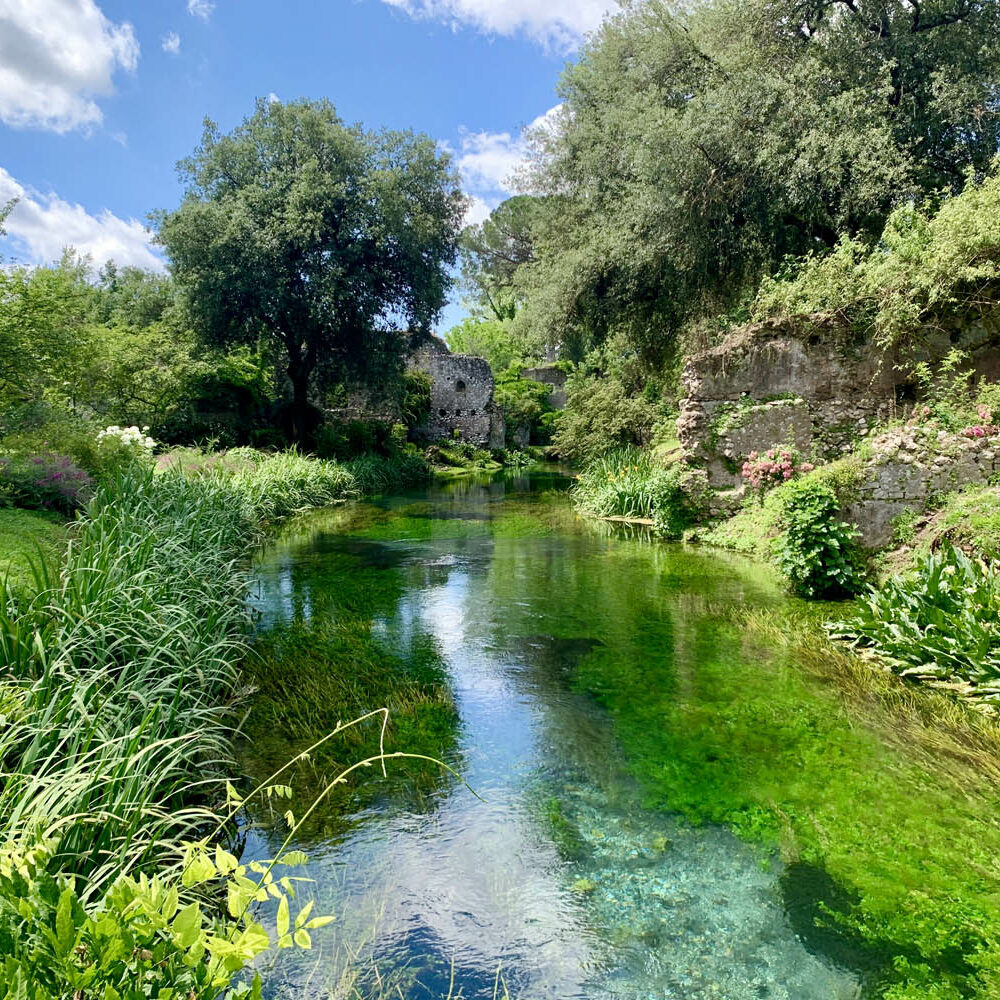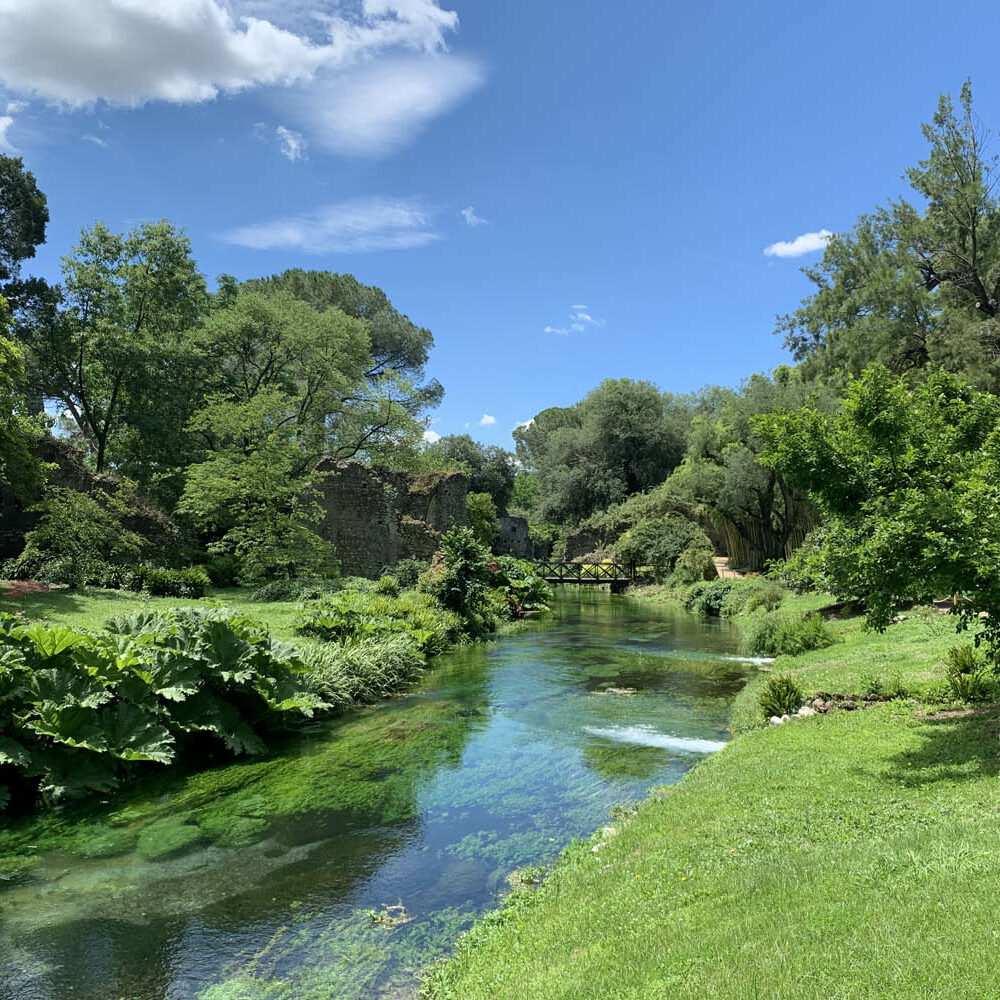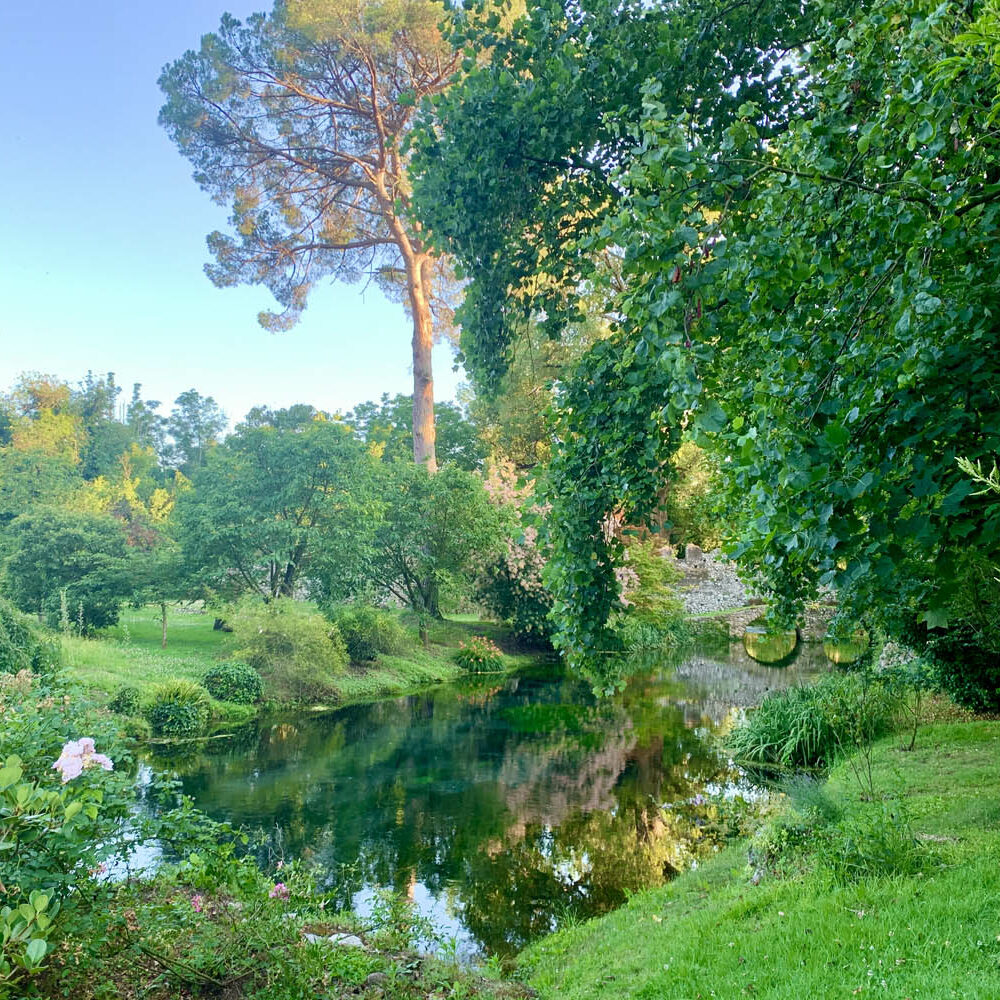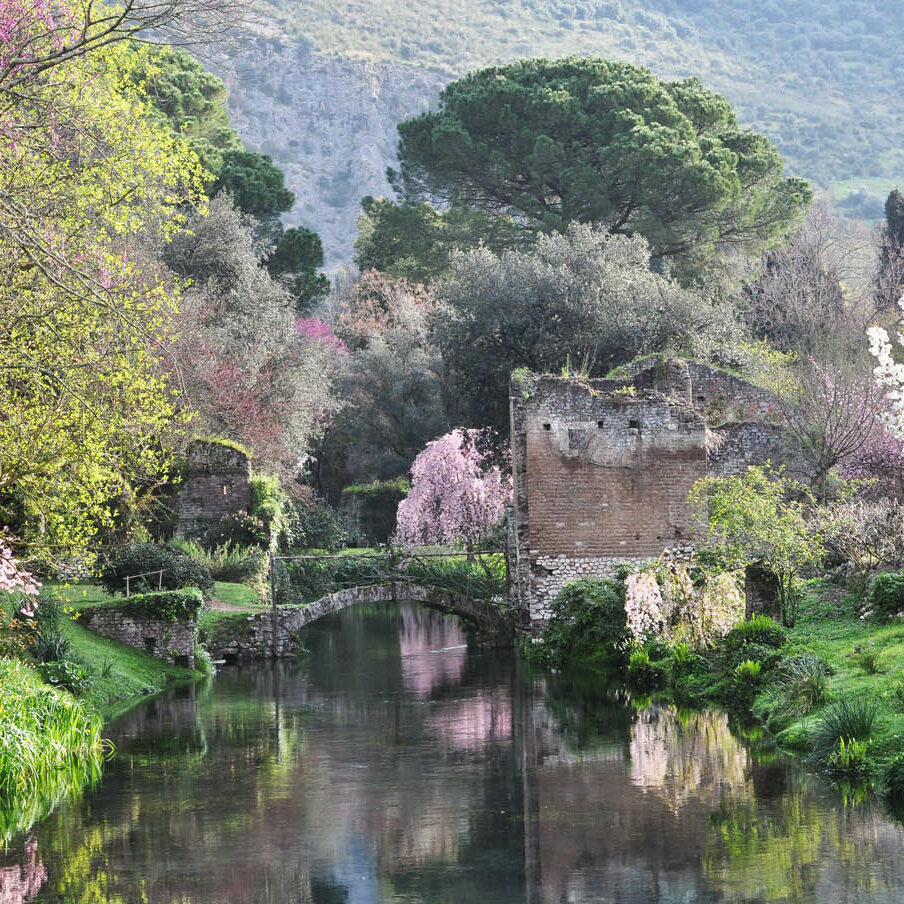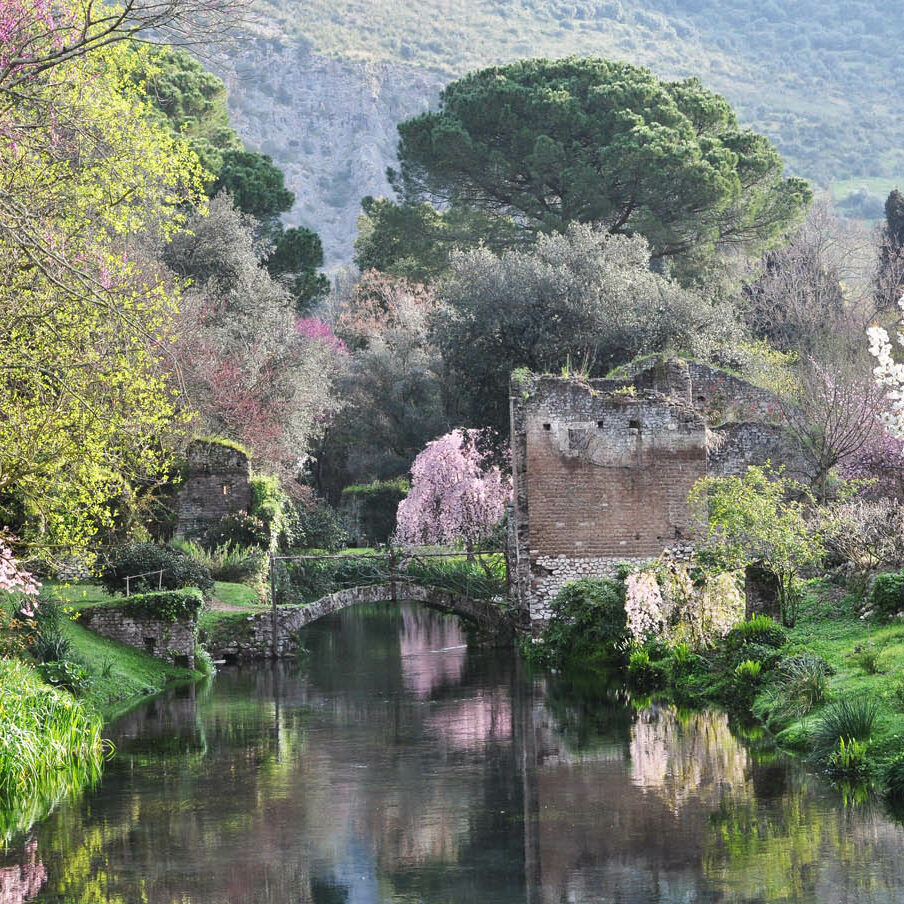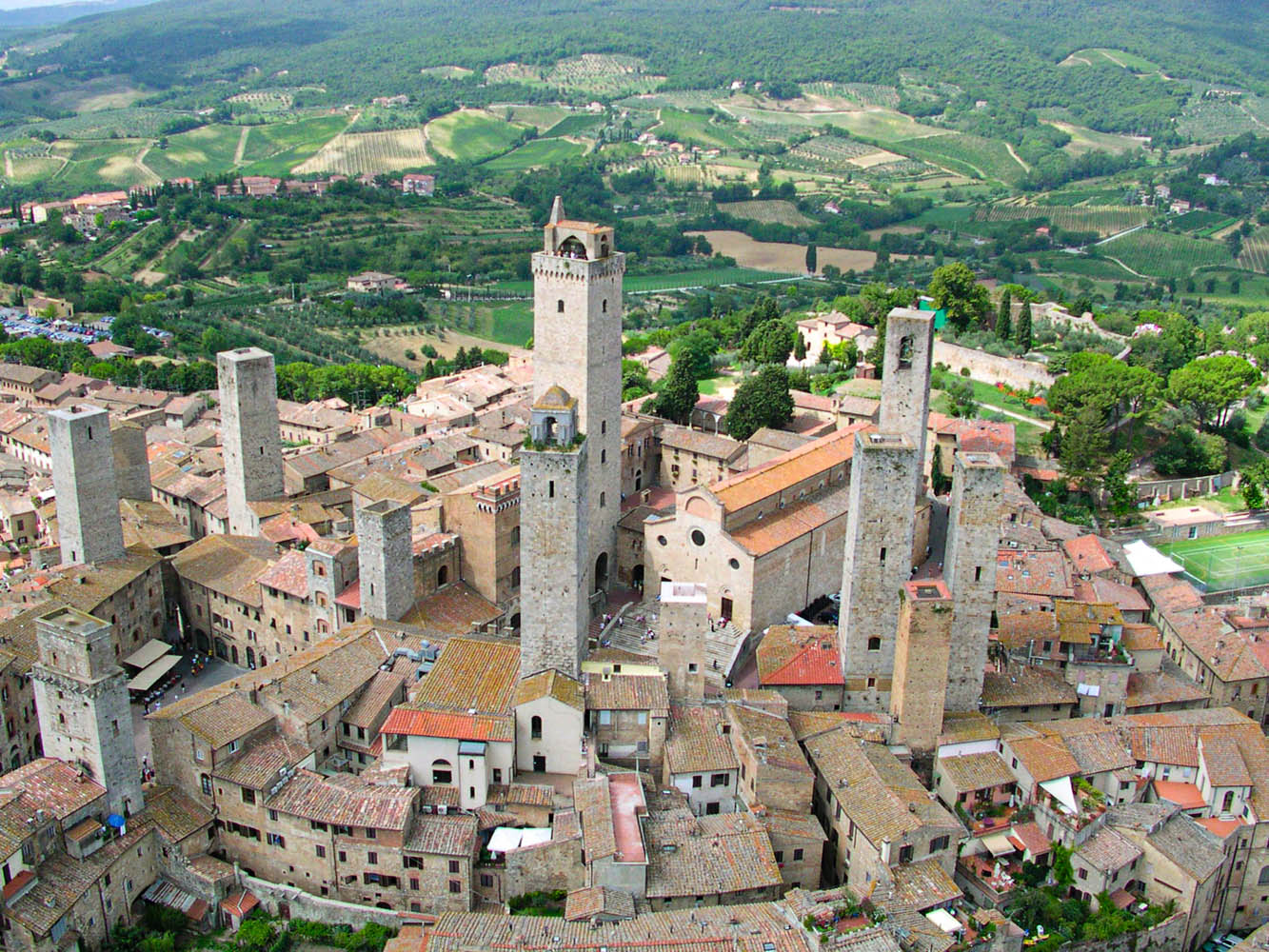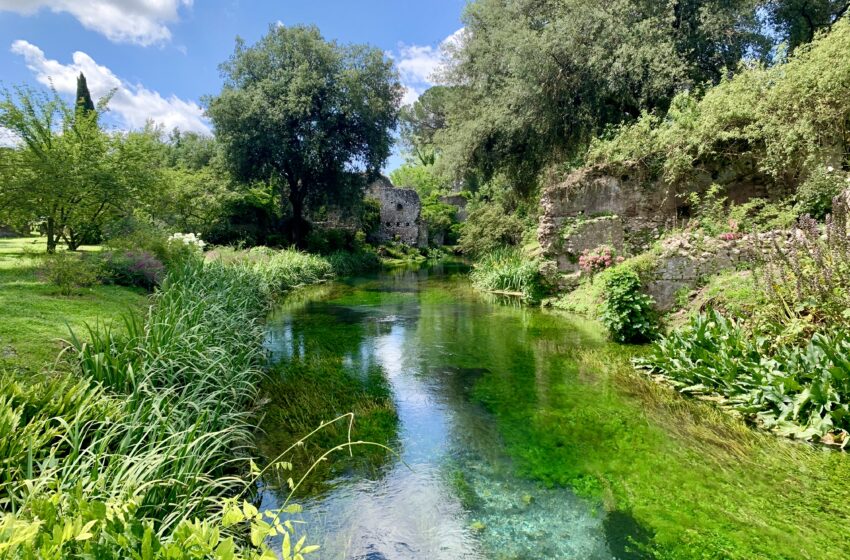
Ninfa: the garden defined by The New York Times as the most beautiful and romantic in the world.
The Garden of Ninfa, in Cisterna di Latina (LT), once a thriving agricultural community, whose fate for centuries was firmly linked to the fortunes of the powerful Caetani family, to which Boniface VIII belonged, the pope hated by Dante, owes its fame to the magnificent garden that adorns it, one of the most beautiful in the world.
The Pontine village is located in the immediate vicinity of the sources of the river from which it takes its name, the Ninfa, which flows southward, crossing the Appian Way, before flowing into the Tyrrhenian Sea between Terracina and San Felice Circeo. Due to the presence of rich springs of crystalline waters, it was considered a sacred place since ancient times, as evidenced by the ruins of a temple perhaps dedicated to the Nymphs.
VISIT THE 2024 OPENING CALENDAR: https://frcaetani.it/ninfa24/
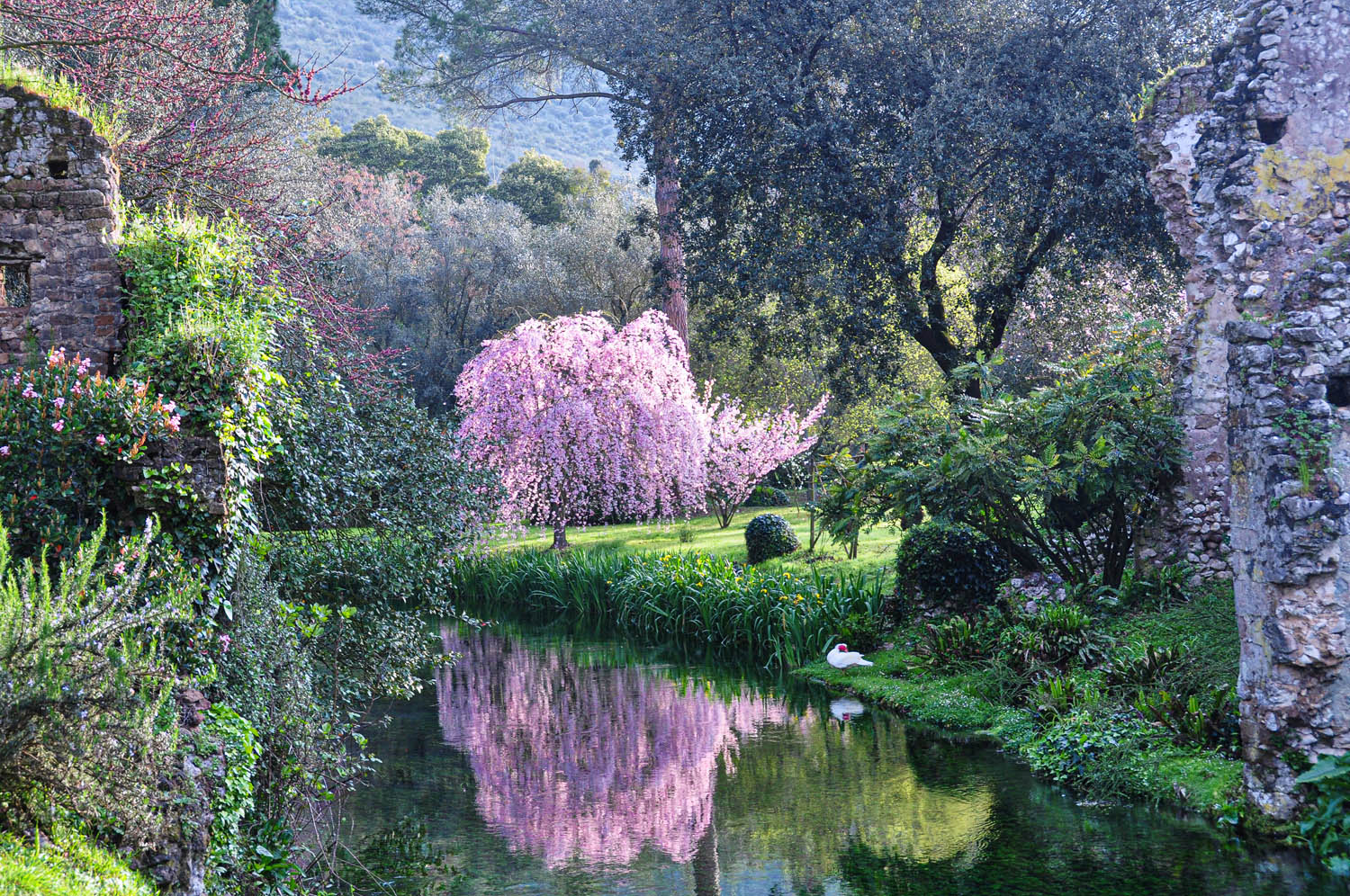
The magic of the place was already praised in Roman times, as Pliny recalls in his Natural History, which narrates a mysterious stone that flamed when wet on the river’s source. Over the centuries, it has been a source of inspiration for artists, poets, and Grand Tour travelers, attracted by the languid solitude of the place. The great historian Fernand Gregorovius noted the discovery of the solitary village in his Roman Walks: “Here is Ninfa, here are the fabulous ruins of a city that lies half submerged in the marsh, buried under dense ivy. In truth, this place is more charming than Pompeii itself.”
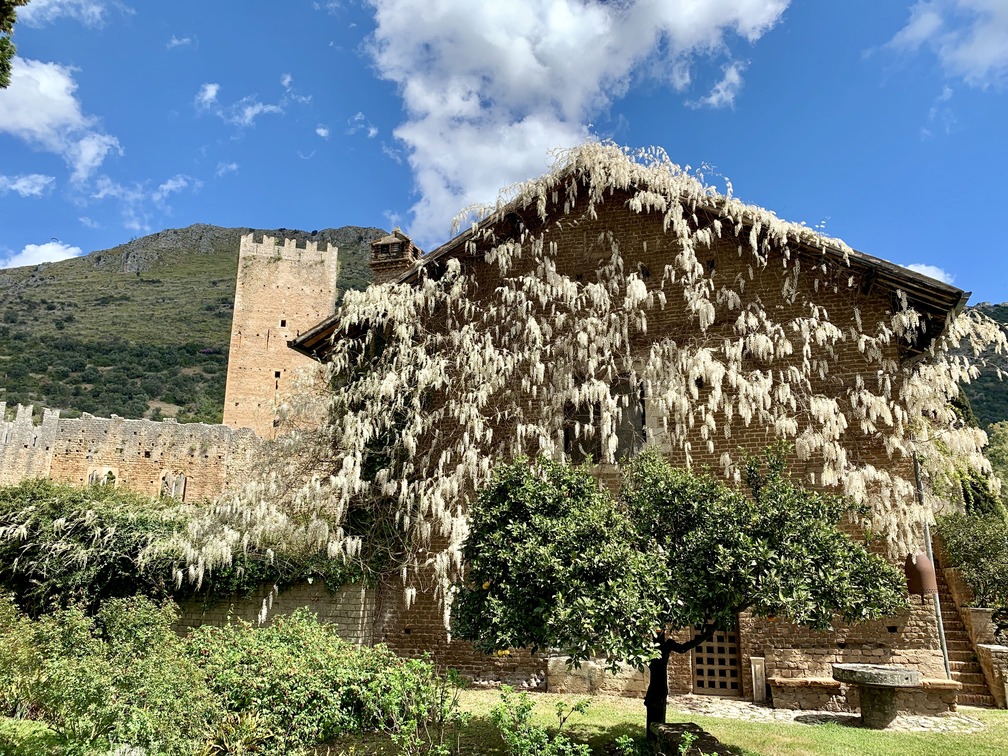
The rebirth of Ninfa took place in the 1920s thanks to Gelasio Caetani, who initiated a costly restoration of the village, starting from the castle with its adjacent 32-meter tower reflected in the small lake and the 14th-century town hall, adapted as the family residence, rediscovering under the disorderly green mantle the layout of the dead city, cleaning the riverbed, and laying the foundations for what would become one of the most beautiful gardens in the world.
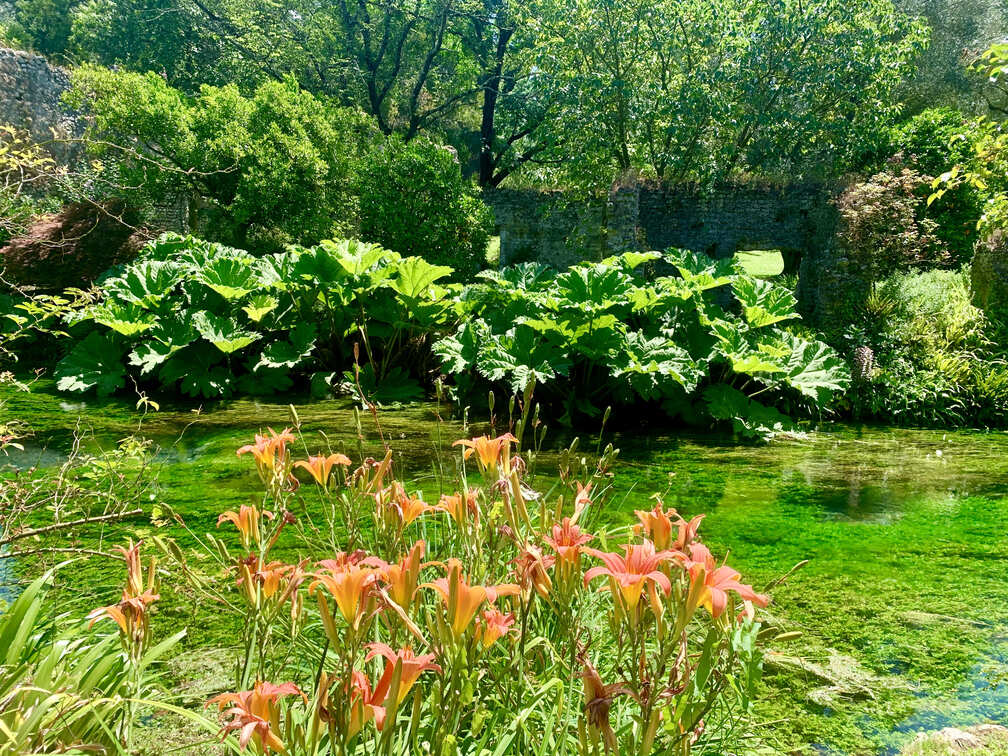
Today, the exquisite Ninfa admired and praised by Gregorovius presents itself to visitors with an 8-hectare garden, in which thousands of plants, bushes, shrubs, climbers, tall trees, rose gardens, and essences from all over the world are present and acclimated thanks to excellent environmental conditions, guaranteed by its sheltered location from the winds, and by the river’s thermoregulatory function (the temperature fluctuates between 14 and 16 degrees Celsius).
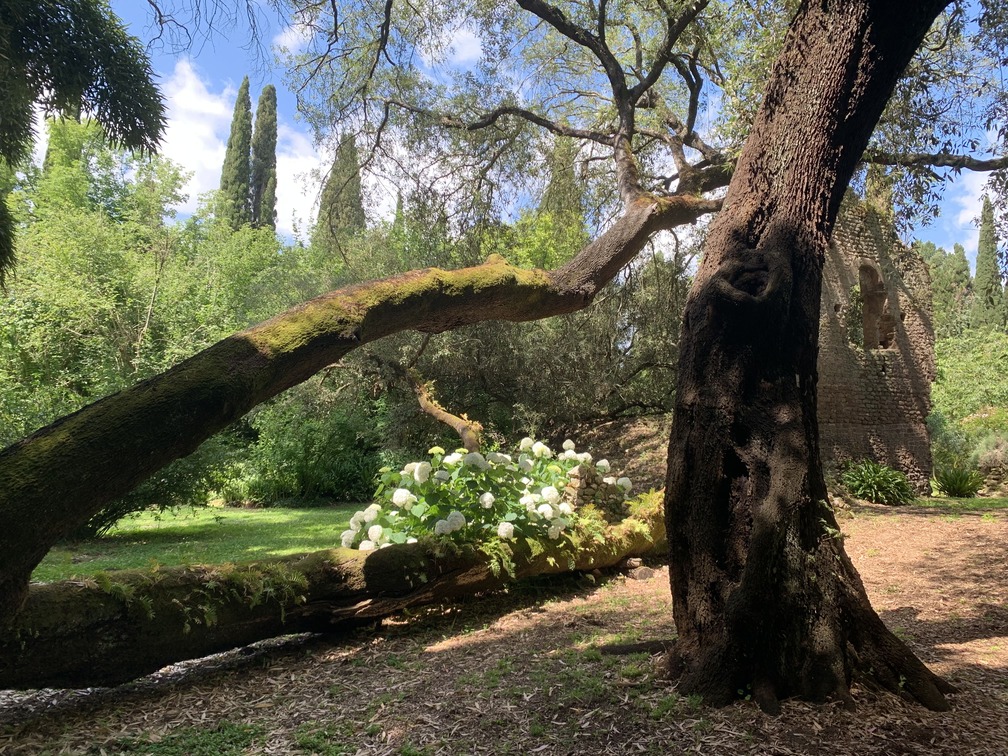
Another peculiarity of the garden is that it was designed to ensure flowering for every season of the year, like a living tableau that changes color with the passing of the months, thanks to the numerous species of magnolias, ornamental cherry trees, lilacs, and lavenders, interspersed with bamboo groves, birches, and the lush Gunnera manicata, which spreads its majestic and exotic leaves on the riverbanks. Finally, as an ornament to this true garden of delights, there are the tall trees, majestic cypresses over thirty meters high, a gigantic black poplar protruding slightly from the walls, and the imposing field maple, among the largest in the peninsula, towering near the “bridge of the two lights.”
Credits foto: Fondazione Caetani

Giornalista italiano con oltre 40 anni di esperienza nel mondo dei media.
Leggi in:
![]() Italiano
Italiano





